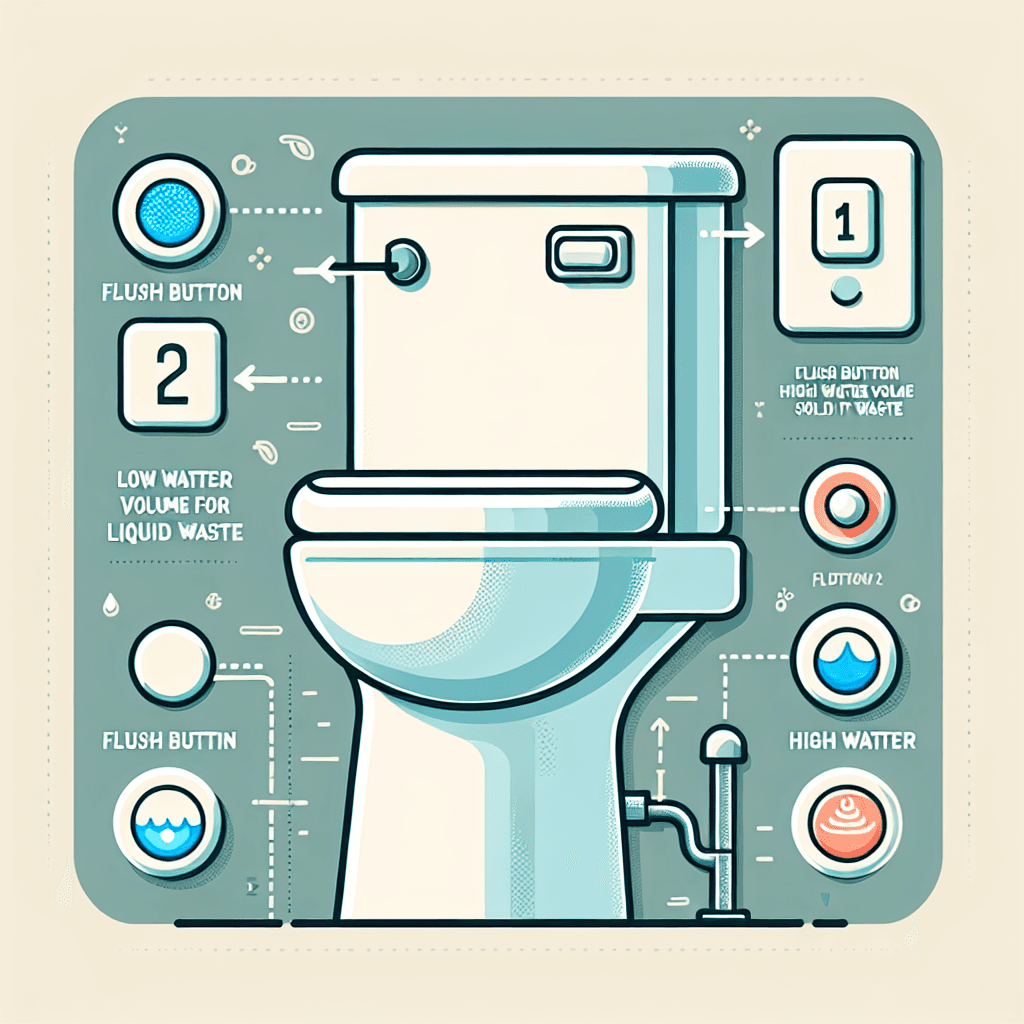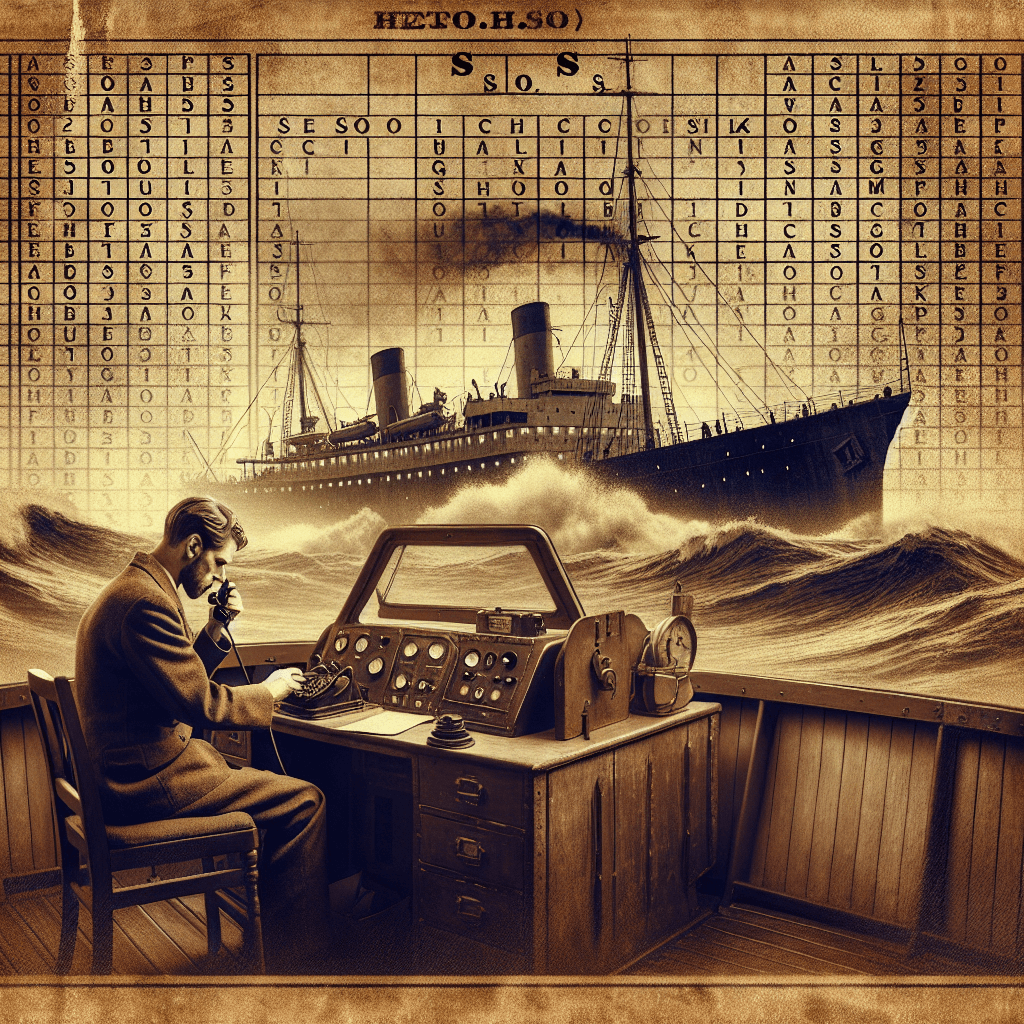Why do some toilets have two different flush buttons
That second button on your toilet isn't just for decoration; understanding its simple purpose can dramatically slash your water bill.


Too Long; Didn't Read
TLDR: The two buttons are for a dual-flush system to save water. The small button is a half flush for liquids and the large button is a full flush for solids.
The Two-Button Mystery: Why Do Some Toilets Have Two Different Flush Buttons?
Have you ever stood in a modern bathroom, momentarily perplexed by the toilet's two flush buttons? You're not alone. What might seem like a simple design choice is actually a powerful piece of engineering aimed at one of our planet's most pressing issues: water conservation. This two-button system, known as a dual-flush toilet, is more than just a novelty; it’s a standard in eco-conscious design. This blog post will demystify the dual-flush toilet, exploring how it works, where it came from, and the significant benefits it offers every time you choose which button to push.
The Anatomy of a Dual-Flush Toilet
At its core, the concept is brilliantly simple. The two buttons correspond to two different flush volumes, allowing you to use only the amount of water you actually need.
- The Small Button: This activates a "half flush." It's designed to clear liquid waste and uses a significantly smaller amount of water, typically around 0.8 to 1.1 gallons (3 to 4 liters).
- The Large Button: This triggers a "full flush," which is intended for solid waste. It uses more water—up to 1.6 gallons (6 liters)—to ensure everything is cleared from the bowl effectively.
When you compare this to older, single-flush toilets that could use anywhere from 3.5 to 7 gallons of water per flush, the potential for savings becomes immediately clear. Even compared to modern standard toilets, which use 1.6 gallons for every single flush, the dual-flush system offers a dramatic reduction in water consumption.
How Does the Two-Button System Actually Work?
The magic behind the dual-flush toilet isn't just in the buttons but in the mechanics inside the tank (or cistern) and the design of the bowl itself. Traditional American toilets often rely on a siphoning action, where the flush water fills the bowl and pulls the waste down the drain.
Dual-flush toilets, however, typically use a larger trapway (the S-shaped pipe at the bottom of the toilet) and a wash-down flushing design. Instead of pulling waste out, a large volume of water is quickly dumped into the bowl, pushing the waste out with gravity. This design requires less water to achieve a powerful and clean flush.
The mechanism in the tank is centered around a dual-flush valve. When you press the small button, the valve's canister lifts just enough to release a small, measured amount of water before dropping back into place. When you press the large button, the canister lifts completely, emptying the entire tank's water reserve into the bowl for a full-power flush.
A Brief History: From Necessity to Innovation
The dual-flush toilet is not a recent invention. It was developed in 1980 in Australia by a man named Bruce Thompson, who worked for the bathroom fixtures company Caroma. Australia was facing severe water shortages and droughts, and the government needed innovative solutions to encourage conservation. Thompson's dual-flush design was a direct and highly effective response to this crisis.
The technology quickly became the standard across Australia and Europe. Its adoption in North America has been slower but is rapidly growing as water conservation becomes a greater priority and building codes are updated to promote water-efficient fixtures.
The Ripple Effect: Benefits Beyond the Bathroom
Choosing a dual-flush toilet has benefits that extend far beyond your bathroom walls. The impact is both financial and environmental.
- Environmental Conservation: According to the U.S. Environmental Protection Agency (EPA), toilets account for nearly 30% of an average home's indoor water consumption. By using a dual-flush system, a typical family can reduce the water used for flushing by up to 67%, saving thousands of gallons of precious fresh water each year.
- Cost Savings: Using less water means a lower utility bill. While the initial cost of a dual-flush toilet might be slightly higher than a basic model, the savings on your water bill can pay for the difference over the toilet's lifespan.
- Reduced Strain on Infrastructure: Widespread adoption of these toilets helps reduce the burden on municipal water treatment facilities and sewer systems, which is especially critical in drought-prone regions.
Conclusion
So, the mystery of the two buttons is solved. They represent a smart, simple, and effective way to conserve water. The small button is for a half flush (liquids), and the large button is for a full flush (solids). This innovative design, born from necessity, empowers individuals to make a tangible impact on water conservation with every use. The next time you encounter a dual-flush toilet, you'll know that you're not just choosing a button; you're making a conscious choice to save water, reduce your utility bills, and contribute to a more sustainable future, one flush at a time.


